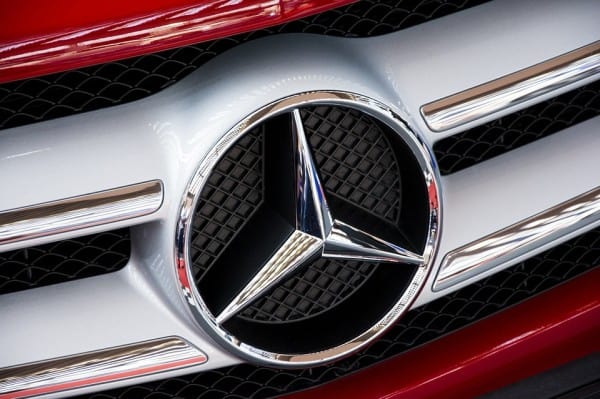
This month has seen both CES and the North American International Auto Show, both showing some of the trends we can expect to see in the automotive market of the future. Many of the things we saw were once the realm of science fiction movies, but it might not be long before these ideas become commonplace.
Autonomous Vehicles
It turns out that the future of driving may not require much driving at all. While Google may have been making the headlines when it comes to autonomous, or “driverless,” vehicles, they aren’t the only player in the market. Tesla, Mercedes, and BMW have all showcased examples of their cars operating without the need for human intervention. Ford also announced that it has been testing autonomous vehicles in blizzard conditions using its own 3D map technology. The company says that this data is more detailed than competitors like Google and, in combination with the same kind of LiDar technology that others are using, gives their vehicle the ability to overcome what has been a major obstacle so far.
Electric Cars
Despite the fact that the technology still has some problems to work out, electric cars are the phenomenon that most people are familiar with. In fact, depending on where you live, as many as one in fives new cars being bought are electric. The growing demand for electric cars has led to strong rumors that Apple may even be considering entering the market, with the company reportedly hiring as many as 1,000 engineers to work on the currently secret project. Chevrolet gave us the first look at it’s upcoming Chevrolet Bolt, a $38,000 compact electric car that should be able to drive more than 200 miles on a single charge.
Solar Power
The main drawback with solar power is that the amount of energy a solar panel can draw is directly related to its size. This means that, unless we hit a new breakthrough in technology that allows designers to use flexible panels, the types of vehicles we can produce is extremely limited. In fact, the solar-powered vehicles that we have seen look almost nothing like conventional cars. These kinds of vehicles are typically used for racing and not practical, everyday driving. However, Ford are said to be working with the SunPower Corporation and the Georgia Institute of Technology to develop a new prototype that will use solar power to charge its battery.
Heads-Up Displays
Heads-up displays (HUD) are also something we’ve been seeing more and more of in recent years, as different vendors compete to offer the first effective HUD on the market. This can project information like your current speed, fuel level, and the inside and outside temperature. Land Rover have even tested what they call “Follow-Me Ghost Car Navigation,” which shows the image of another car in front for you to follow to your destination. Motorcyclists weren’t left behind either, as BMW showcased a new helmet that employs a glass display over the right eye that projects a variety of useful data. Like HUDs on cars, this could be customized to the driver’s individual needs.
The automotive market and the technology industry are becoming more intertwined every year. Let us know what you think about the potential effects of this in the comments section below.
 Gearfuse Technology, Science, Culture & More
Gearfuse Technology, Science, Culture & More


